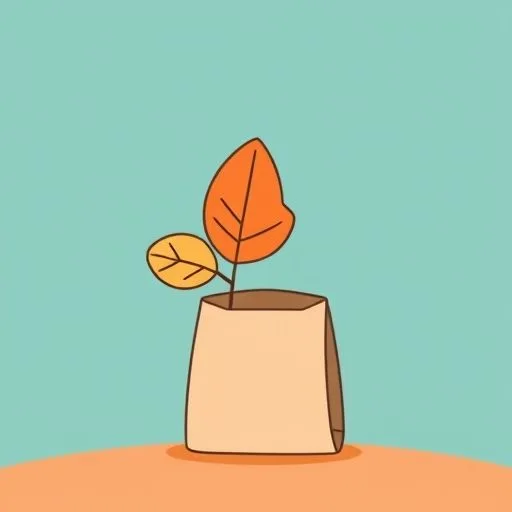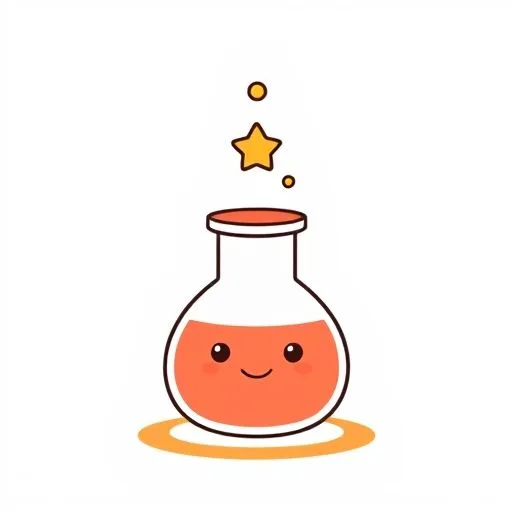
Picture this: You’re knee-deep in laundry, and your toddler pipes up, ‘Why do ants carry food?’ Your brain races—we’ve all been there, right? You could fake an answer… or take a breath. I’ve watched her choose the latter hundreds of times. What happens? The kitchen turns into a science lab, the backyard becomes a discovery zone. It’s not about the answer—it’s about the journey. And that tiny pause? It builds something priceless. Let me show you.
Why ‘I Don’t Know’ Is Your Secret Superpower

We’ve all been there—your kid asks ‘Why is water wet?’ and your brain freezes. But here’s what I’ve noticed as a dad: when she says, ‘You know what? I don’t actually know. Let’s find out together,’ something shifts. Her eyes light up. Not because she got the answer, but because she felt heard.
Think about it: in that grocery aisle, when she admits she doesn’t know why apples float, she’s teaching a quiet lesson. ‘Your curiosity matters.’ It’s not about having all the answers—it’s about being willing to explore. And when she does that, she gives your child permission to wonder without fear. That’s how a generation of little explorers is born.
I’ve seen this reshape how kids approach the unknown. It doesn’t matter if the question is ‘Why do wheels spin?’ or ‘Why do we dream?’. Her response patterns their entire mindset. Soon, you notice it bubbling up: when their teacher asks a tough question, they don’t shut down. They ask, ‘How can we figure this out?’ Because at home, wondering isn’t weakness—it’s the family motto. And the best part? It starts with two words: ‘I don’t know.’ Seriously. Try it.
Turning Mundane Moments into Curiosity Quests

You don’t need a lab coat or fancy gadgets. Real magic happens in ordinary moments. Like when your child asks ‘Why do leaves change color?’ on the walk to school. Instead of brushing it off, she might say, ‘Let’s collect three different leaves and check tonight.’
That’s the beauty—it transforms routine into ritual. Dinner prep? Now you’re discussing why onions make us cry (and trying not to laugh while chopping). Bedtime? Suddenly it’s a deep dive into why stars twinkle. These aren’t interruptions; they’re invitations to connect.
And here’s what gets me as a dad: the more she leans into these ‘why’ questions, the calmer she becomes. Because she’s not solving a problem—she’s savoring a moment. That quiet strength? It’s contagious. Before you know it, your whole family is hunting for ladybugs after rain or measuring shadows at noon. Simple. Messy. Wonderful.
These moments aren’t about the science—they’re about the shared wonder.
Picture this: It’s a rainy Tuesday. Your little one asks why puddles form. Instead of explaining, she grabs boots and says, ‘Let’s test it!’ You stomp through every puddle on the block, noting sizes and shapes. Was it efficient? Nope. But the sparkle in their eyes when they ‘discover’ the biggest puddle? Priceless.
The Pause That Connects: Waiting for Answers

Ever notice how kids remember questions longer than answers? She gets that. When your daughter asks, ‘Why are rainbows curved?’ and she says, ‘I wonder… let’s look it up after dinner,’ something powerful happens. Your child learns patience isn’t waiting—it’s anticipating discovery.
That night, when you pull out a book or fire up the tablet together, the real lesson clicks: ‘Mom doesn’t always have answers, but she always makes time.’ It’s not about the rainbow’s arc—it’s about the shared laughter when you find a funny diagram, or the gasp when you spot a real rainbow the next day.
And for her? That pause is a gift. In the whirlwind of parenting, ‘let’s find out later’ creates a pocket of calm. It’s her way of taking a breath while still being fully present. Because sometimes, the best thing we can do for our kids is to slow down and wonder with them.
Here’s the twist: that waiting period builds your child’s imagination. While they wait for the ‘real’ answer, they dream up their own theories. ‘Maybe rainbows are giant smiles!’ And when you finally explore it together, you’re not just learning facts—you’re honoring their creativity. Now that’s teaching they’ll carry forever.
When ‘Wrong’ Is Right: Failing Forward Together

Let’s get real: you’ll get it wrong. Maybe you guess ‘Birds fly south because it’s chilly’ and later learn it’s about daylight. But here’s what she knows—owning that mistake is gold. ‘You know what? I looked it up. It’s actually because of the sun!’ And that moment? Trust deepens.
I’ve seen her turn kitchen experiments into family legends. The baking soda volcano that overflowed? You still laugh about it. Why? Because failure became a story. ‘We tried’ matters more than ‘we succeeded.’
And get this: kids don’t care if you know everything. They care that you’re in it with them. When she says, ‘Whoa, I never thought of that!’ it tells your child their ideas sparkle. That’s the secret sauce: making curiosity a shared adventure, not a test.
Try growing crystals from salt one night. It might fail spectacularly. But as you clean up, your child says, ‘Can we try again tomorrow?’ In that moment, you realize: they’re not focused on the ‘right’ way. They’re building resilience. Because in the end, they won’t remember the answer to ‘why is the sky blue?’—but they’ll never forget how it felt to wonder with you. And that feeling of wondering together? That’s the real win. The one that lasts long after they’ve forgotten the facts.
Source: Unlock model insights with log probability support for Amazon Bedrock Custom Model Import, AWS, 2025/09/12 17:34:16
